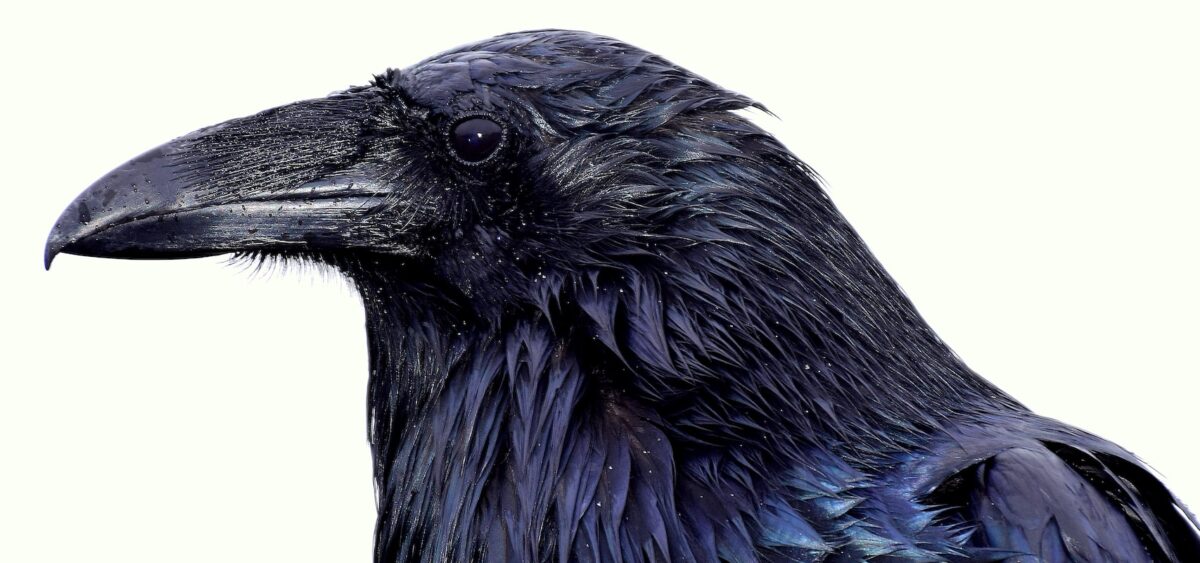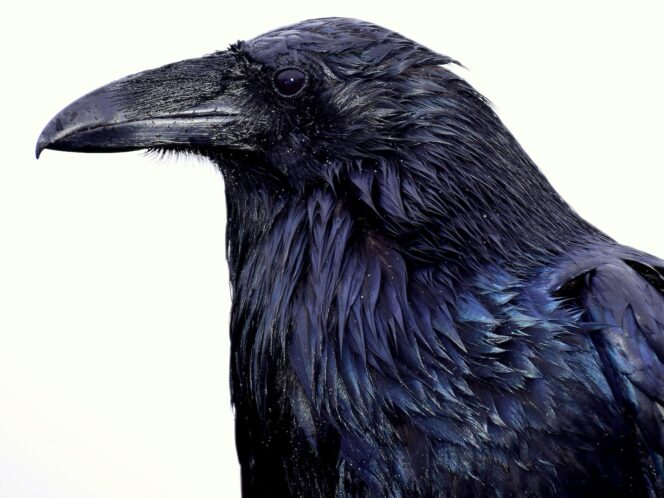
They learn fast, use tools, and beat the great apes at intelligence tests. Even so, in many cultures they’re considered a harbinger of misfortune and death. It’s time to give ravens their due.
They’re the heroes of many beliefs, myths, and stories. References to them appear in the Bible, the Koran, the Torah, the sacred Hindu and Persian texts, Scandinavian legends, and the stories of indigenous South Americans. In many cultures the raven is a devilish, clever bird, serving the forces of darkness; a messenger of death, a sign of misfortune. In certain beliefs it’s a hero; in others, a coward. It symbolizes intelligence and wisdom but also guile. Its dark legend can surely be explained by the large proportions of its body, powerful beak, dark feathers, and deep voice. Ravens’ habits are also significant, particularly their love for carrion and carcases; they appear on battlefields and everywhere human or animal remains are found. That must have caused fear in early myths and legends.
Complex Minds
With an average weight of 1.225 grams in women and 1.375 grams in men, the human brain contains about 86 billion neurons. That sets us apart in the animal world and has allowed us to create civilization. In a brain with a mass of 10.2 grams, ravens have more than 2 billion neurons. Is that a lot? It’s enough to compare them to mammals with similarly sized brains which usually have half as many neurons. It’s no surprise that in experiments measuring intelligence, ravens do even better than certain primates. Scientists








